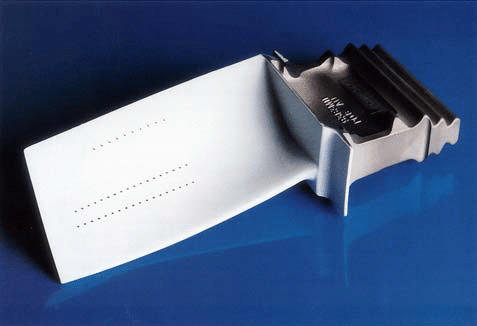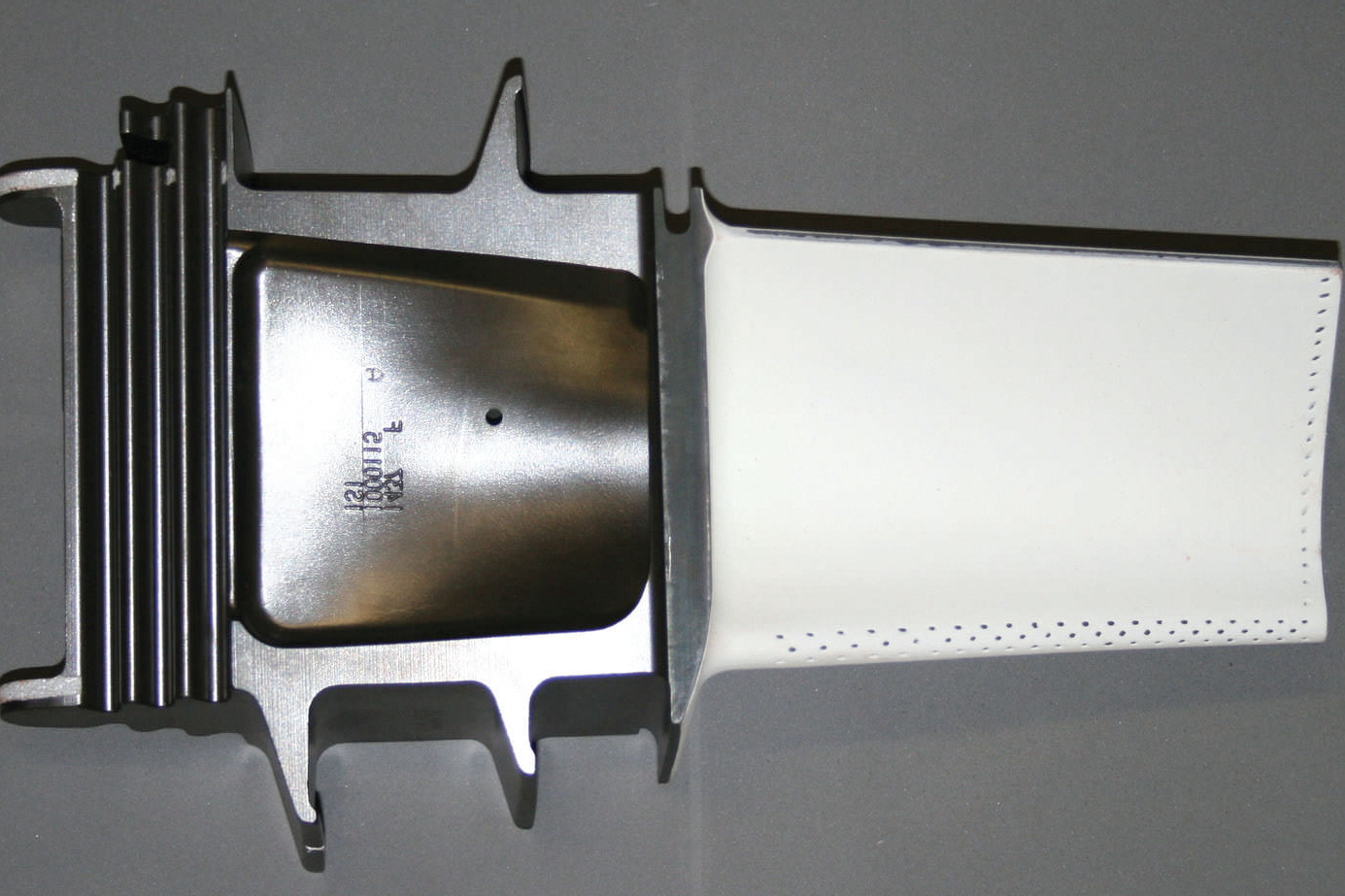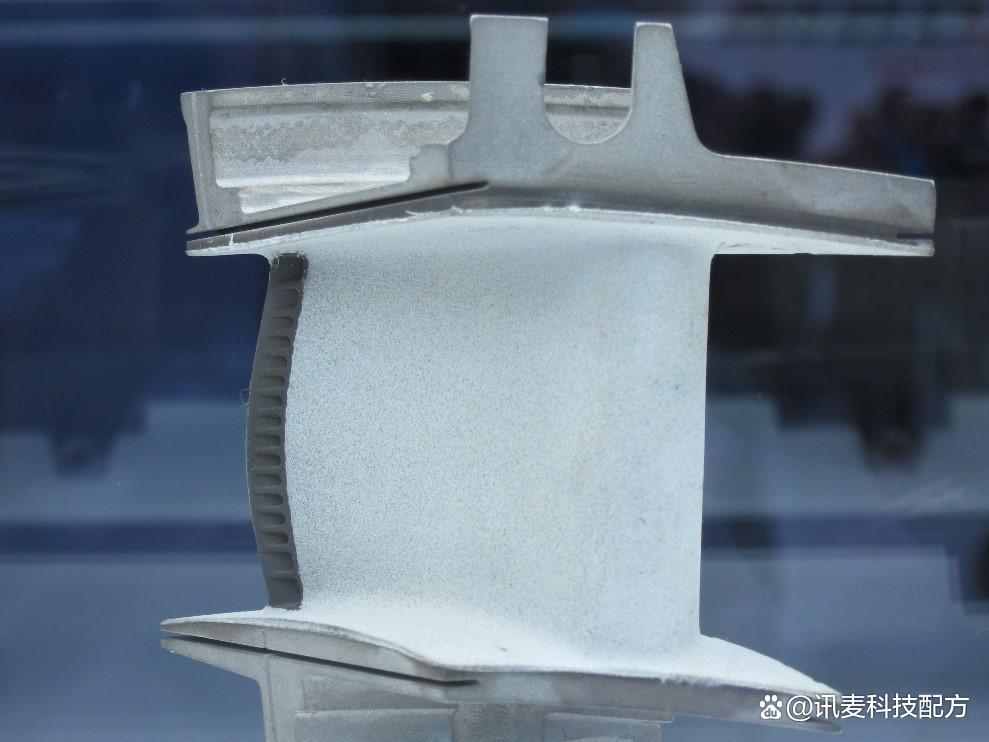What industries benefit from the application of TBCs on 3D printed parts?
What Industries Benefit from the Application of TBCs on 3D Printed Parts?
Aerospace and Aviation
Thermal Barrier Coatings (TBCs) are essential in the aerospace industry, where 3D printed components are routinely exposed to extreme temperatures and thermal cycling. TBCs are applied to parts such as turbine blades, combustor liners, and exhaust nozzles—often manufactured using Superalloy 3D Printing or Titanium 3D Printing—to reduce oxidation, prevent creep failure, and extend service life at temperatures exceeding 1000°C.
Energy and Power Generation
In energy and power systems, particularly gas turbines and high-pressure boilers, TBCs protect 3D printed components from thermal fatigue and oxidation caused by long-term exposure to combustion gases. Components such as nozzle rings, hot-stage turbine seals, and fuel injectors benefit from enhanced durability and efficiency when coated with yttria-stabilized zirconia or similar ceramics.
Automotive and Motorsports
TBCs improve the thermal resistance and performance of automotive components such as turbocharger housings, pistons, and exhaust manifolds. These parts, increasingly manufactured via Titanium or Tool Steel 3D Printing, must withstand rapid temperature fluctuations and high engine loads. TBCs help reduce heat transfer to adjacent systems, improving thermal efficiency and reliability under extreme operating conditions.
Defense and Hypersonic Applications
In defense sectors, TBCs are critical for high-speed flight hardware such as missile nozzles, thermal shields, and thruster cones. Ceramic 3D Printing combined with TBCs delivers components capable of withstanding transient heat fluxes and shock waves in hypersonic environments, where structural failure due to thermal stress is unacceptable.
Recommended Services for Industry-Specific TBC Integration
Neway offers integrated services for high-performance industries where TBCs provide essential thermal protection:
Thermal-Ready Additive Manufacturing:
Superalloy 3D Printing: For jet engine and combustor components.
Titanium 3D Printing: For lightweight aerospace and automotive heat-exposed parts.
Ceramic 3D Printing: For parts inherently suited for thermal shock environments.
Protective Surface Solutions:
Thermal Barrier Coatings (TBC): Increases part longevity and operational temperature threshold.
Heat Treatment: Prepares microstructure for thermal cycling resistance.
CNC Machining: Provides precise geometry before TBC application.



